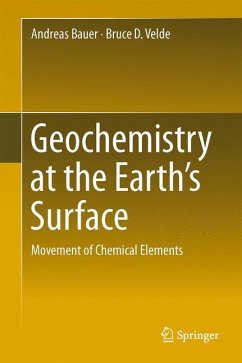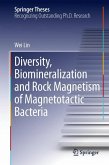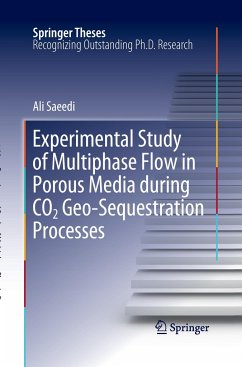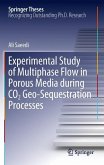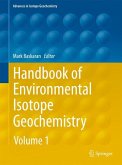Geochemistry at the surface of the earth is dominated by two somewhat antagonistic forces: chemical reactions which attempt to attain a steady state (equilibrium) and geological movement of materials in time and space which changes the parameters that control chemical equilibrium. Another aspect that is extremely important to earth surface geochemistry is the effect of plants on the chemical and physical stability of materials (soils). Plant systems in fact work against the normal chemical changes (loss of silica, potassium, etc.) and the normal physical changes (stabilizing fine grained materials (clays) in the surface zones to avoid erosion). Biological effects are clearly seen in redox effects in the various parts of the earth surface movement cycle; soil formation, stream transport, sedimentation. This book attempts to outline these different parameters and their interactions as they affect earth surface geochemistry in order to give a better understanding of movement and accumulation of elements at the surface of the earth.
"Bauer (Karlsruhe Institute of Technology, Germany) and Velde (École Normale Supérieure, Paris) primarily focus on the interface between the atmosphere and the lithosphere. ... the book concentrates on soil processes and relates them to reactivity, transport, and deposition. The book is appropriate for graduate students and researchers interested in specific information about this critical zone. Summing Up: Recommended. Graduate students and researchers/faculty." (N. W. Hinman, Choice, Vol. 52 (12), August, 2015)

